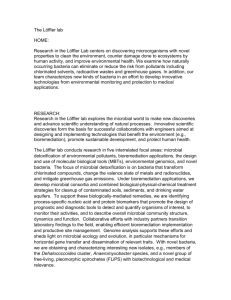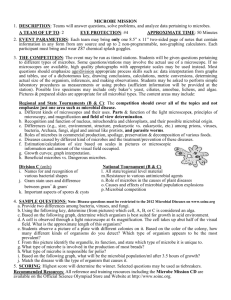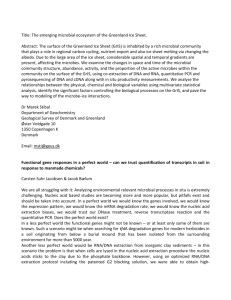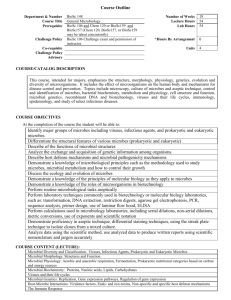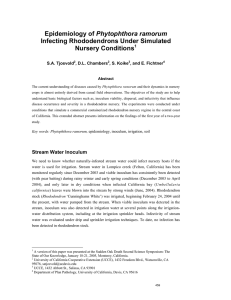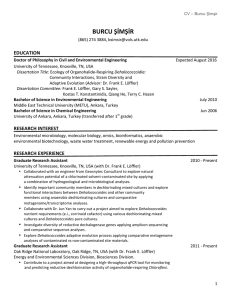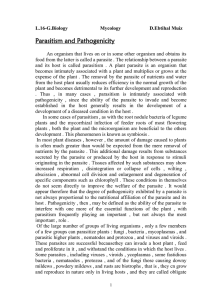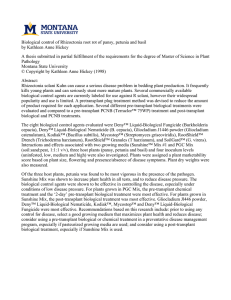Product Brochure
advertisement
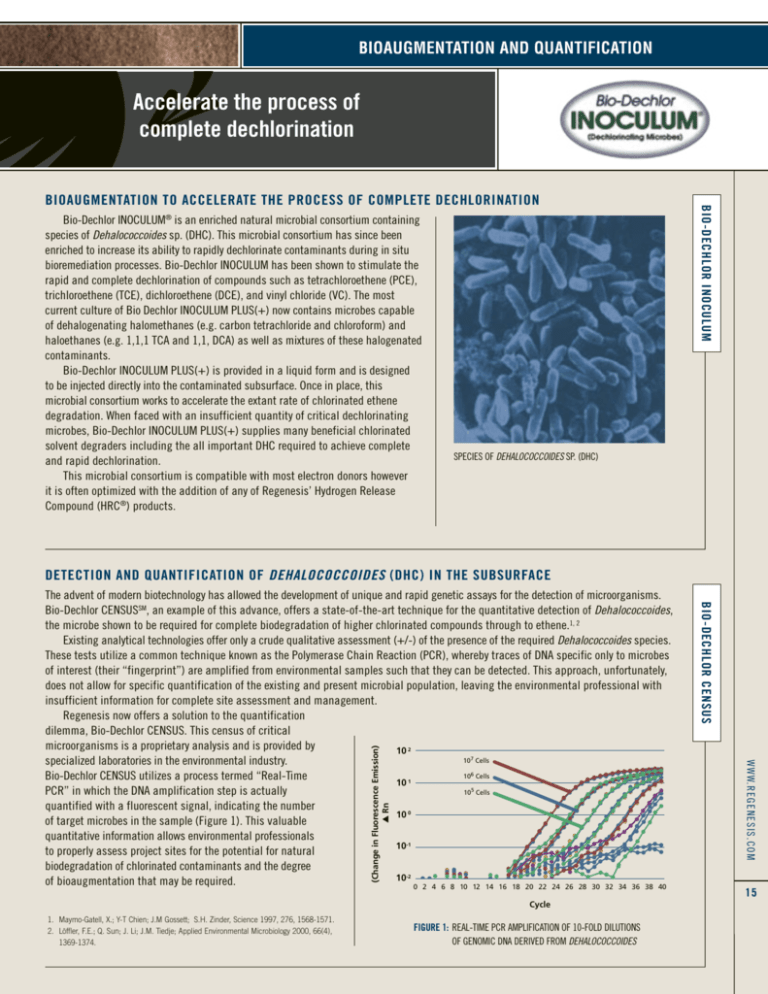
BIOAUGMENTATION AND QUANTIFICATION Accelerate the process of complete dechlorination Bio-Dechlor INOCULUM® is an enriched natural microbial consortium containing species of Dehalococcoides sp. (DHC). This microbial consortium has since been enriched to increase its ability to rapidly dechlorinate contaminants during in situ bioremediation processes. Bio-Dechlor INOCULUM has been shown to stimulate the rapid and complete dechlorination of compounds such as tetrachloroethene (PCE), trichloroethene (TCE), dichloroethene (DCE), and vinyl chloride (VC). The most current culture of Bio Dechlor INOCULUM PLUS(+) now contains microbes capable of dehalogenating halomethanes (e.g. carbon tetrachloride and chloroform) and haloethanes (e.g. 1,1,1 TCA and 1,1, DCA) as well as mixtures of these halogenated contaminants. Bio-Dechlor INOCULUM PLUS(+) is provided in a liquid form and is designed to be injected directly into the contaminated subsurface. Once in place, this microbial consortium works to accelerate the extant rate of chlorinated ethene degradation. When faced with an insufficient quantity of critical dechlorinating microbes, Bio-Dechlor INOCULUM PLUS(+) supplies many beneficial chlorinated solvent degraders including the all important DHC required to achieve complete and rapid dechlorination. This microbial consortium is compatible with most electron donors however it is often optimized with the addition of any of Regenesis’ Hydrogen Release Compound (HRC®) products. BIO-DECHLOR INOCULUM BIOAUGMENTATION TO ACCELERATE THE PROCESS OF COMPLETE DECHLORINATION SPECIES OF DEHALOCOCCOIDES SP. (DHC) DETECTION AND QUANTIFICATION OF DEHALOCOCCOIDES (DHC) IN THE SUBSURFACE (Change in Fluorescence Emission) ▲ Rn 1. Maymo-Gatell, X.; Y-T Chien; J.M Gossett; S.H. Zinder, Science 1997, 276, 1568-1571. 2. Löffler, F.E.; Q. Sun; J. Li; J.M. Tiedje; Applied Environmental Microbiology 2000, 66(4), 1369-1374. FIGURE 1: REAL-TIME PCR AMPLIFICATION OF 10-FOLD DILUTIONS OF GENOMIC DNA DERIVED FROM DEHALOCOCCOIDES W W W. RE G E N ES I S . C O M Cycle BIO-DECHLOR CENSUS The advent of modern biotechnology has allowed the development of unique and rapid genetic assays for the detection of microorganisms. Bio-Dechlor CENSUSSM, an example of this advance, offers a state-of-the-art technique for the quantitative detection of Dehalococcoides, the microbe shown to be required for complete biodegradation of higher chlorinated compounds through to ethene.1, 2 Existing analytical technologies offer only a crude qualitative assessment (+/-) of the presence of the required Dehalococcoides species. These tests utilize a common technique known as the Polymerase Chain Reaction (PCR), whereby traces of DNA specific only to microbes of interest (their “fingerprint”) are amplified from environmental samples such that they can be detected. This approach, unfortunately, does not allow for specific quantification of the existing and present microbial population, leaving the environmental professional with insufficient information for complete site assessment and management. Regenesis now offers a solution to the quantification dilemma, Bio-Dechlor CENSUS. This census of critical microorganisms is a proprietary analysis and is provided by 10 2 107 Cells specialized laboratories in the environmental industry. 106 Cells Bio-Dechlor CENSUS utilizes a process termed “Real-Time 10 1 105 Cells PCR” in which the DNA amplification step is actually quantified with a fluorescent signal, indicating the number 10 0 of target microbes in the sample (Figure 1). This valuable quantitative information allows environmental professionals 10-1 to properly assess project sites for the potential for natural biodegradation of chlorinated contaminants and the degree 10-2 of bioaugmentation that may be required. 0 2 4 6 8 10 12 14 16 18 20 22 24 26 28 30 32 34 36 38 40 15
